The long-awaited second edition of this Catalogue of Indian punchmarked coins – ‘GH’ as it has become known – is at last available, twenty-nine years after its first publication.It introduces the new data and types accumulated over this period.
Nearly three times the length of the first edition, the book has been extensively rewritten by the surviving author (Hardaker) and is superbly printed with clear photographs including three colour maps. Whereas the original volume catalogued 613 types, this edition includes 1043 and expands the original seven Series to nine. These now include the pre-karshapana coinages of the early Magadhan state as ‘Series 0’, and the post-Mauryan karshapana-like coinages as ‘Series VIII’.
Many improvements have been made. The Catalogue section (132pp) includes photos next to the symbol drawings. The task of identification is made easier with extensive symbol lists, guidance on rarity, and a ‘critical path’ chart, as well as a 35-page section of enlarged photos. Users of the first edition will be glad to see that the old type numbers are retained, new types being added by way of ‘a’, ‘b’, etc.
The first two Introductory sections (57pp) provide some exciting insights into Magadha-Mauryan coinage resulting from ongoing study since the 1980s. The narrative is set into the wider context of late Iron Age society. The bankers and other additional marks seen on these coins are for the first time classified into chronological phases, and the way these marks can be used to reconstruct the economic and social history of the period is described. Recent research, including much fresh hoard evidence, is evaluated in the discussions on chronology and date, and the most likely options are laid out. Especially interesting is the progress that has been made in the chronology of the Series I coins which now total 505 types.
The text demonstrates how close-focus study of coinage can expose specific moments in time, such as a mint workman’s catastrophic error (pictured above), while also illuminating the broader thinking underlying society in an age on the cusp of historic time. The coins show financial dealers battling with iron-fisted state control, engravers improving their skills in fulfilling complex design directives, and finally the collapse of society at the end of the Mauryan period.
This will remain the standard reference work on the karshapana series for many years to come.

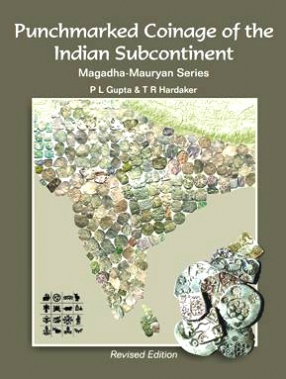
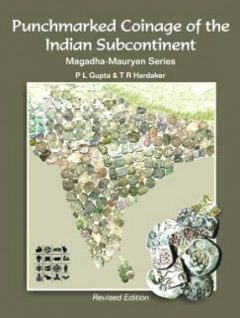
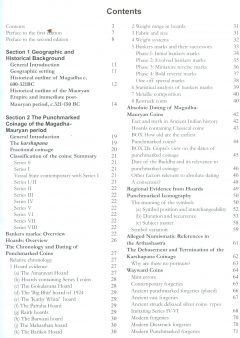
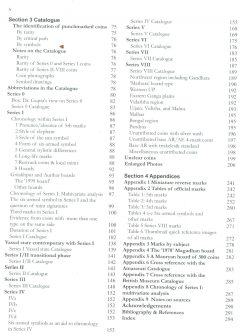
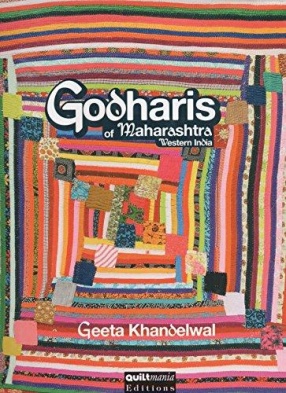


There are no reviews yet.